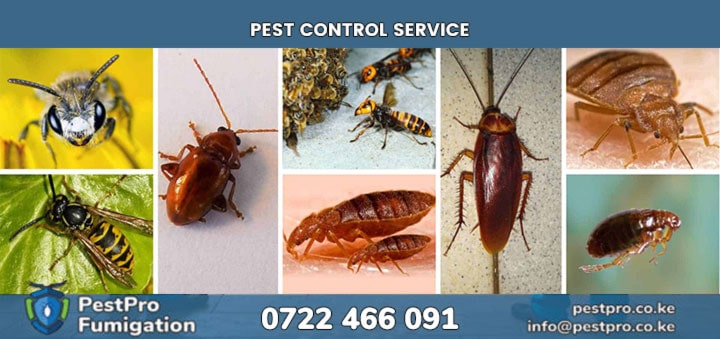Historic Home Pest Control: Protecting Nairobi's Heritage Properties
Historic homes in Nairobi's established neighborhoods require specialized pest control approaches that protect architectural integrity while addressing infestations effectively. These valuable properties often contain materials and design elements that attract pests while requiring treatment methods that won't damage historic fabric or compromise preservation standards.
Unique Challenges in Historic Properties
Older construction methods and materials common in Nairobi's colonial-era buildings create numerous harborage opportunities for various pest species including termites, carpenter ants, and wood-boring beetles. Original timber framing, wooden flooring, and period-appropriate materials provide extensive food sources for wood-destroying insects while offering protection from detection and treatment.
Limited access to structural areas including wall cavities, roof spaces, and foundation areas complicates inspection and treatment activities while potentially hiding extensive infestations until significant damage occurs. Historic properties often lack modern pest exclusion features including proper screening, door sweeps, and sealed utility penetrations.
Preservation requirements may restrict or prohibit certain treatment methods that could damage historic materials, finishes, or architectural features. Chemical treatments, drilling, and structural modifications that might be appropriate for modern buildings could violate preservation standards or damage irreplaceable historic fabric.
Preservation-Compatible Treatment Methods
Heat treatment offers excellent pest control for historic properties by achieving lethal temperatures throughout structures without chemical residues that might damage historic materials or finishes. This method effectively controls bed bugs, wood-boring insects, and other pests while remaining completely compatible with preservation requirements.
Botanical insecticides and low-impact treatments provide pest control options that minimize risks to historic materials while achieving effective results against target species. These treatments often require more frequent applications but protect valuable historic fabric from potential damage caused by conventional pesticides.
Integrated pest management approaches emphasizing prevention, monitoring, and targeted treatments work particularly well in historic properties where wholesale chemical applications might damage irreplaceable materials. These strategies focus on addressing underlying conditions that support pest populations rather than relying primarily on chemical treatments.
Structural Preservation During Treatment
Minimize drilling and structural modifications during treatment activities by utilizing existing access points and natural pathways for treatment applications. When drilling becomes necessary, use smallest possible holes and locate them in areas where they won't compromise architectural integrity or aesthetic values.
Protect historic finishes and materials during treatment activities using appropriate covering and containment methods that prevent chemical contact or physical damage. Work with preservation specialists to develop protection protocols that maintain treatment effectiveness while preserving historic fabric.
Document all treatment activities thoroughly to provide records for future preservation work and to ensure treatments remain compatible with ongoing preservation efforts. This documentation proves valuable for insurance purposes and helps future pest management professionals understand previous treatments and their effectiveness.
Long-Term Preservation and Monitoring
Develop monitoring programs specifically designed for historic properties that provide early detection of pest problems while minimizing inspection impacts on valuable historic fabric. Use non-invasive monitoring methods including pheromone traps, visual inspections, and environmental monitoring that preserve architectural integrity.
Establish maintenance protocols that address conditions supporting pest infestations without compromising historic materials or architectural features. Focus on moisture control, vegetation management, and structural maintenance that prevents pest problems while maintaining historic authenticity.
Work with preservation specialists to balance pest control needs with preservation requirements, developing management plans that protect both architectural heritage and structural integrity. These collaborative approaches often identify creative solutions that achieve both pest control and preservation objectives effectively.
More pest Control ServicesPestPro Facebook Page
Medium
